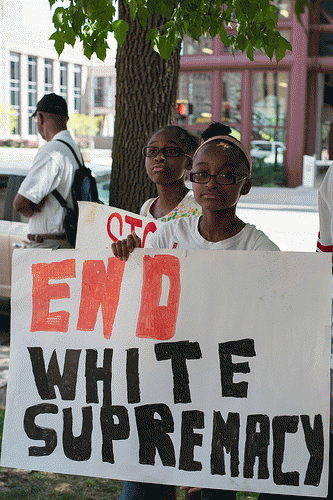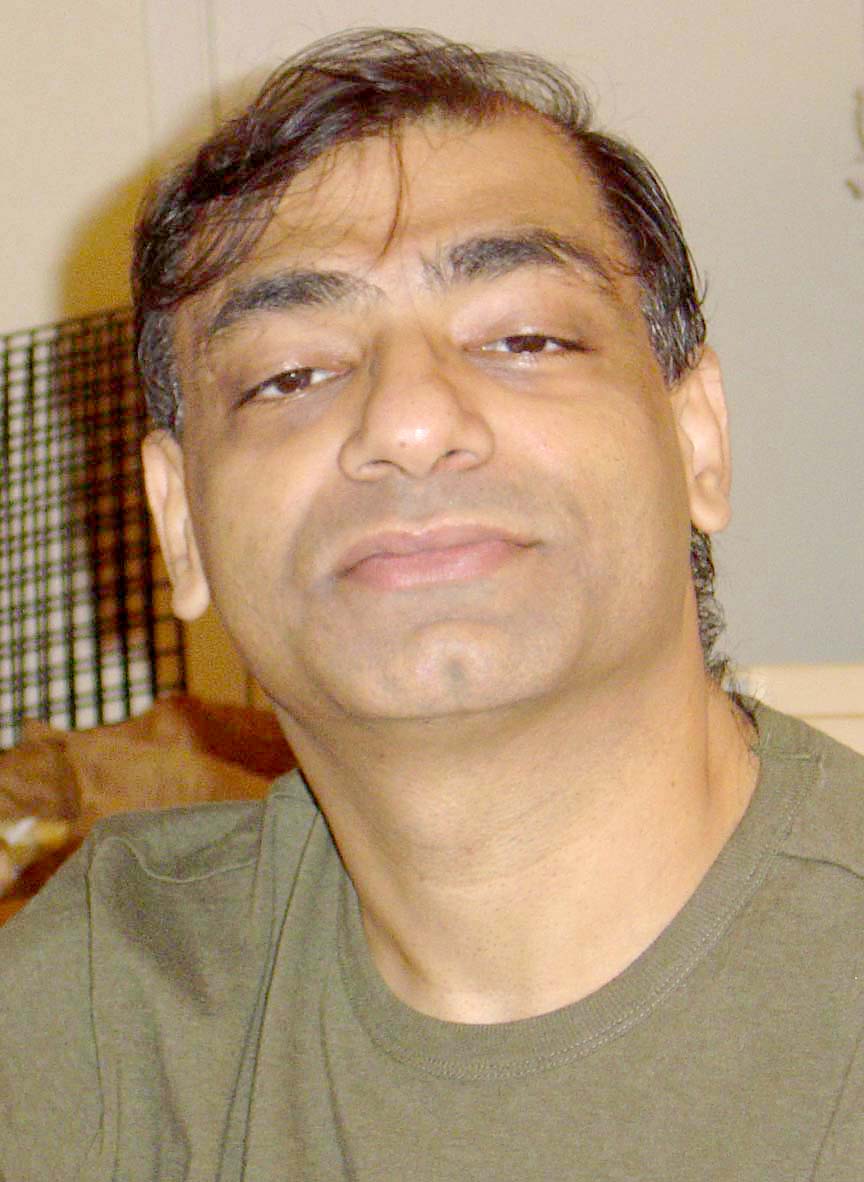They were too easily co-opted by the alt-right, by the Trump campaign and, in the greatest of all ironies, by the Russians as well. Such are the dangers of acting on feelings over rational thought. Some of their ideas, virulent racism and conspiratorial fantasies have been mined, mainstreamed and reissued as the alt-right. But they are not of the alt-right. They are not invited to their parties and are unwelcome in their forums and chatrooms. White supremacists are the embarrassing old uncles in an upstairs room that go unmentioned by visitors or other family members. As with the new mediagenic leaders of European populist parties, their names are no more invoked than those of the founders of the explicitly National Socialist party pioneers.
Is there a theory that explains white supremacy, racism or any other negative impulse that, following James Billington, lights a fire in the minds of men? If there is, I know not of it. As an historian, I can but fall back on the words of Omar Khayya'm:
The Moving Finger writes; and, having writ,
Moves on: nor all thy Piety nor Wit
Shall lure it back to cancel half a Line,
Nor all thy Tears wash out a Word of it.
Michael: From what I can infer, most white Americans do not identify as "white supremacists." Nevertheless, especially for older Americans, white has traditionally been seen as kind of the default or natural identity of Americans. As far as the culpability of educated and upper-class whites in white supremacy, I think they have contributed to racial segregation in America with their residential choices. Although most of them I'm almost sure would find the notion of white racism abhorrent, there is strong evidence that they self-segregate. (See the research of Daniel Lichter, who found that people in these metropolitan areas still usually live in neighborhoods that are either mostly white or mostly black.)
One misconception of the white nationalist movement is that its strength and influence seem to be overstated. For many years, the movement has been stigmatized and marginalized, facing strong opposition from the federal government, monitoring groups and the media. Until recently, the movement has been virtually locked out of the marketplace of ideas.
At the present time, an organized white nationalist movement is still weak, though it seems to be making progress due to the revolution in communications and the similarity of conditions in Western nations (for example, low native birth rates, immigration from the Third World).
There are some structural changes in American society that I believe have contributed to the rise of white nationalism. Urbanization has brought people from different races and ethnicities into greater contact, often in competition for jobs, housing and mates. And there is evidence that suggests that race relations are getting worse in America (see for example, a 2016 Washington Post-ABC poll).
What could ultimately be crucial is the role of leading opinion makers in America. Unfortunately, many voices in the media and academia have advanced a narrative that whites are incorrigibly racist as evidenced by the growing currency of "white privilege" in American discourse. Arguably, this has instilled a heightened sense of grievance in both whites who feel unjustifiably maligned and nonwhites who feel victimized by endemic white racism.
Barkun: I began to study this material longer ago than I care to admit, starting in the late 1980s. The country has changed in ways that have impacted both white supremacists and the ways in which they are perceived.
Three of these changes strike me as particularly important: changes in immigration policy, changes brought about by globalization, and the end of the Cold War. The 1965 legislation that loosened immigration restrictions really began to produce changes in the 1980s and '90s, with a large influx from Africa, South Asia and the Middle East, along with a steady stream from Latin America. What was striking about these so-called "new immigrants" is that many did not remain in seaport and border cities but eventually settled in smaller communities in the center of the country, places that had never before had significant non-Western populations.
The second change -- globalization -- produced rapid economic changes, including factory closings, outsourcing of jobs and complex supply chains with parts manufactured elsewhere for assembly in the United States. Inevitably, jobs were lost, and some regions prospered, while others languished. Economic decisions appeared to be made mysteriously in distant places, with little concern for their human consequences.
The third change -- the end of the Cold War -- suddenly upended the picture of the world that most Americans had held from the late 1940s until the early 1990s, sharply divided between "the free world" and what Ronald Reagan called "the evil empire." While sometimes frightening, this conception was also reassuring, because it was simple, orderly and predictable. Suddenly, it disappeared and was replaced by a chaotic and inexplicable world with conflict in places many Americans had never heard of: Bosnia, Somalia, Afghanistan.
What were the consequences of these changes? First, they stoked the fires of xenophobia, as had previous waves of immigration. And it was easy for some to go from fear and hatred of those who were strange and foreign, to glorification of one's own group. Second, globalization and the end of the Cold War together made what was once a clear and orderly world seem random and uncontrollable. That sent some people in search of simple answers to questions about who was behind these strange forces that seemed to have turned their world upside down. The most compelling answers were usually conspiracy theories, identifying some hidden "they" who had their hands on the levers that manipulated people's lives. "They" often took the form of imagined racial enemies, with an agenda that included subordinating whites.
White supremacist groups have proliferated under these conditions, although despite their proliferation, there is no evidence of a global neo-Nazi alliance among them. My fears, rather, center on a point made earlier, that elements of their thinking now have the potential of insinuating themselves into mainstream culture. As the 2016 presidential campaign demonstrated, xenophobic rhetoric and conspiracy thinking could now be more openly expressed. The alt-right came close to having a public role, even though the open expression of white supremacist views is still forbidden. If this is the shape of things to come, then the problem is not one of the number of "hate groups" but of access and of the possibility that ideas once sequestered in the fringe will begin to shape larger public attitudes.
Seeking to explain the phenomenon of white supremacists is a task that will not yield to some simple master-explanation. This is so because the phenomenon is not simple and unitary. Racists may share a belief in the supremacy of whites or (and this is not quite the same thing) the inferiority of others, but beyond that they may differ on many other matters. They may or may not also be hostile to Jews, Catholics, Muslims or Masons. They may group themselves around a charismatic leader or they may nurture their resentments in private. They may express hatred in oratory and blogposts or they may stockpile guns and bombs in expectation of an apocalyptic battle, or they may do both. They may come from impoverished groups left behind by closed factories and foreclosed farms, or they may have benefited from upper-middle-class childhoods and Ivy League educations.
In short, the variations in backgrounds and behavior are so great that from a theoretical standpoint, a single explanatory framework is unlikely to cover them all. Frustrating though it is, there are likely to be multiple explanations for what is in fact a constellation of behaviors that we group, for convenience, under the rubric of "white supremacy."

Rally to call for prosecution of police in the death of Terrance Franklin
(Image by Fibonacci Blue) Details DMCA
(Note: You can view every article as one long page if you sign up as an Advocate Member, or higher).




